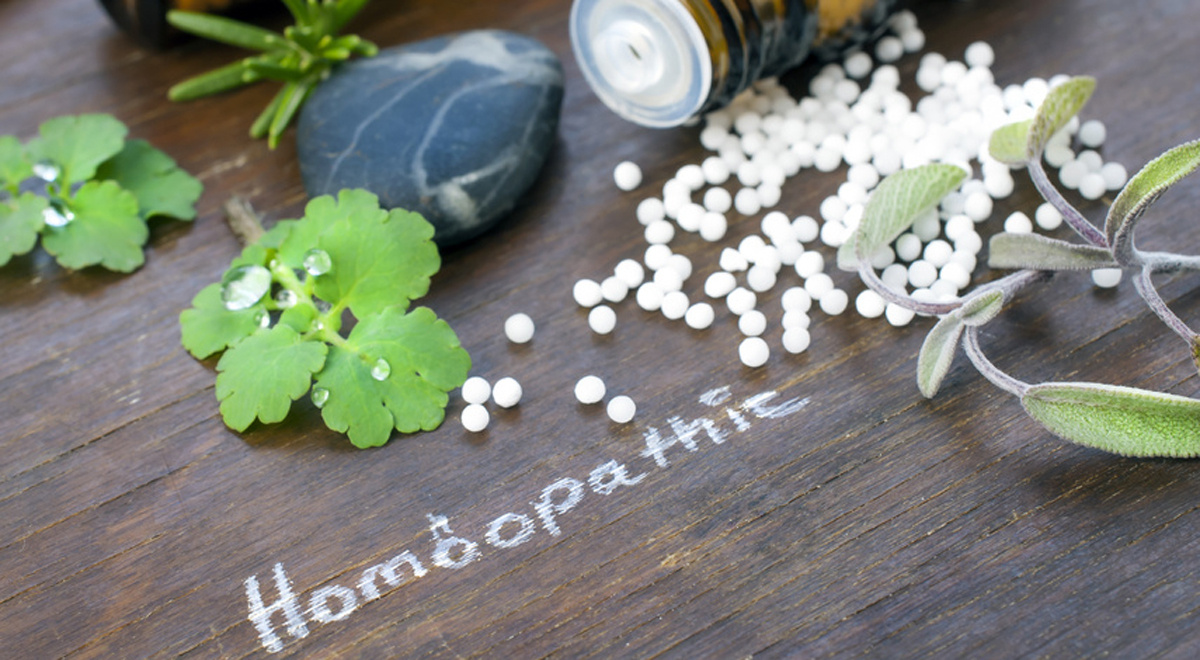“The highest ideal of cure is rapid, gentle and permanent restoration of the health or removal and annihilation of the disease in its whole extent, in the shortest, most reliable and most harmless way on easily comprehensible principles”. – Samuel Hahnemann, founder of Homoeopathy.
Discovered in the late 1700’s, homoeopathy is a low-cost, non-toxic system of medicine. The system of homoeopathic healing assists the natural tendency of the body to heal itself. It recognises that all symptoms of ill health are expressions of disharmony within the whole person and that it is the patient who needs treatment not the disease.
There are three principles upon which homoeopathy is formulated:
Like cures like (Law of Similars): Any substance that can produce the symptoms of an illness in a healthy human being can cure those same symptoms in a sick human being.
The more dilute the remedy, the greater its potency (Law of the Infinitesimal Dose): Homoeopathic remedies are usually prepared through a process of diluting with pure water or alcohol and succussing (vigorous shaking) such that the more diluted a substance gets, the more potent it becomes.
An illness is specific to the individual (a holistic medical model): Homoeopaths consult compendiums called repertories to determine the remedy that most closely matches the patient’s symptoms.
Homoeopathic medicines are drug components made by homoeopathic pharmacies consisting of plants, minerals and animal extracts. Remedies (usually in liquid, tablet or powder form) are prescribed in accordance with a patient’s symptoms and health conditions while individual characteristics such as emotions and physical condition are also taken into account.
Conditions benefited by homoeopathy include:
- diabetes
- arthritis
- bronchial asthma
- epilepsy
- skin eruptions
- allergic conditions
- mental or emotional disorders
and more

